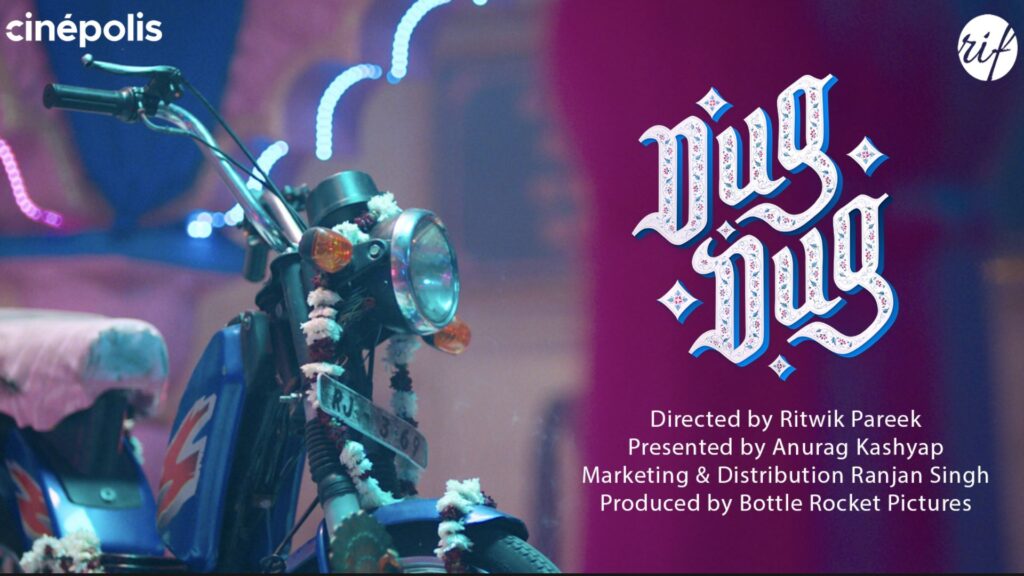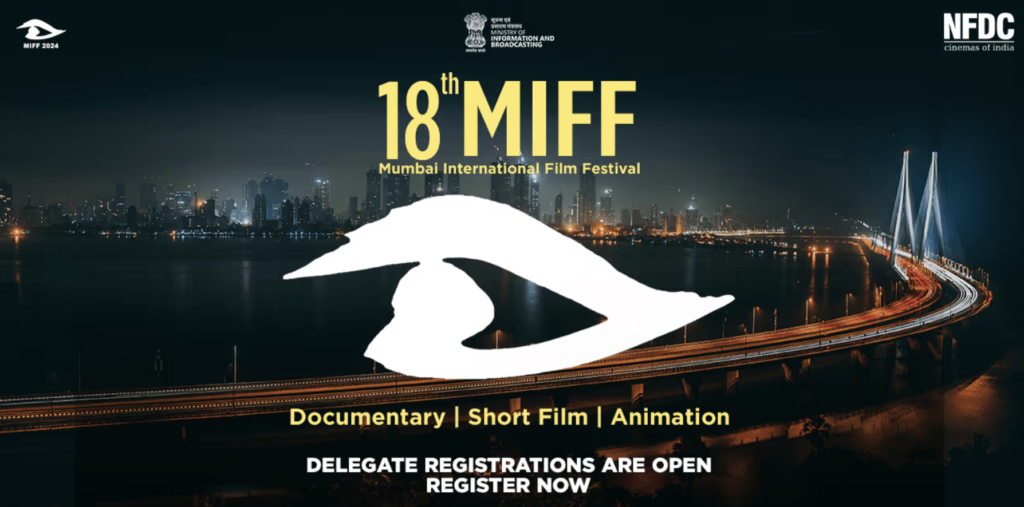In 2025, independent cinema didn’t just hit a saturation point – it entered its Tumblr-era reckoning, where every film started looking like a moodboard with daddy issues and lens flares. What used to be the playground of raw emotion, risk-taking, and cultural resistance has now slowly been colonized by a peculiar Gen Z phenomenon: Main Character Syndrome. Not just a meme anymore, but an entire aesthetic regime – where short films feel less like stories and more like carefully curated identity performances with lo-fi piano scores and silent bathtub shots. Real talk: some of today’s indie darlings have the emotional arc of a Notes app apology. And it’s not that we don’t want personal cinema – we crave it – it’s that we’re drowning in self-narrativizing masquerading as storytelling. This isn’t vulnerability, it’s branded introspection. According to a leaked 2024 pitch doc from a major Indian short film festival, nearly 62% of their entries were autobiographical in theme, but only 18% had developed supporting characters. What does that say? We’re not writing films – we’re writing bios. And while cinema has always been personal (see: Tarkovsky’s Mirror or even Rituparno Ghosh’s Chitrangada), the difference now is the Instagramification of that pain. Every trauma is colour-graded. Every conflict is whispered. Every ending is ambiguous for clout. Even NYFA’s scriptwriting program reported a rise in first-person POVs, often with monologues styled like TikTok voiceovers, inspired by normal people but filtered through the aesthetic of detachment. The result? Indie cinema that feels like a curated breakdown, not a cathartic journey. And the irony? We’re all guilty. Because the algorithm loves it. Vulnerability goes viral. Minimalism sells. And there’s nothing riskier now than a story that isn’t about the self. We’re living in an age where films are made to be dissected on Twitter threads and turned into Pinterest GIF loops. The climax isn’t the third act – it’s the quote posted on a beige background with “shot on 16mm” in the caption. The main character has become the main currency, and cinema? It’s morphing into self-portraiture with a festival badge. But here’s the big question: if everyone’s the protagonist, where’s the plot?
This isn’t just a stylistic shift, it’s a full-blown ideological rupture where the narrative arc has been replaced with self-documentation, and stories have started whispering rather than roaring. At its core, Main Character Syndrome is the hyper-awareness of being perceived – this isn’t a new concept (cue Laura Mulvey’s 1975 essay on the male gaze), but it’s mutated in the digital age into a form of internalized surveillance. When you live in a world where you might go viral for crying beautifully, every breakdown becomes B-roll. That logic has infected indie cinema. Today’s filmmakers aren’t trying to tell a story; they’re trying to craft a persona. And it shows. The plotlines are increasingly thin, conflicts are internal but unexplored, and secondary characters are used like set dressing – just enough to frame the protagonist’s emotional Pinterest journey.
Take a look at the 2024 Clermont-Ferrand Shortlist: almost half the entries were centered around urban ennui, emotionally avoidant twenty-somethings, and aesthetic sadness. And while some of these were brilliant (Grey Light, a French short about memory loss structured like a looping podcast), many read like diary entries that never quite earned their audience. There’s even a term being floated in programmer circles: “confessional cinema fatigue”. Programmers are exhausted sifting through thousands of emotionally performative but narratively empty submissions that look like someone dragged their IG archive into Final Cut Pro.
One of the highest-rated submissions at an Indian film incubator in 2023 was entirely AI-generated – script, direction, and performance (with an AI-generated actor) – but it passed multiple rounds of screening because it mimicked the emotional palette of a typical indie short so perfectly that no one clocked it wasn’t human-made. That’s where we’re at. The aesthetic of vulnerability has become so formulaic that even a bot can imitate it. And it goes deeper – because funding bodies now respond to this language. Algorithms at streaming platforms score scripts based on emotional keywords (in fact, Netflix’s India Originals team uses a machine-learning tool called “Pitch IQ” to filter submissions with phrases like “intergenerational trauma”, “urban isolation,” and “intimate decay”). So, of course, emerging filmmakers lean into this blueprint. Why take risks with genre, world-building, or ensemble narratives when all you need is a protagonist who stares out a window and a voiceover that says “I’m tired but I don’t know why”?
Even the cinematography has shifted – DPs are lighting scenes for vibe, not for story. Soft edges, grain filters, and analog simulations dominate indie visuals now because it replicates the feeling of intimacy without actually generating it. And let’s be honest – half of these films are designed for maximum still-grab potential. If your short doesn’t produce at least one viral shot for Instagram grid aesthetics, does it even exist? This is what I call “Frame Trap Filmmaking”: where the still is stronger than the sequence. This isn’t just ruining the storytelling, it’s quietly gatekeeping it. Because the entire aesthetic vocabulary is now coded. It favors the English-speaking, the digitally literate, the visually fluent. If your story doesn’t look like Aftersun met The Worst Person in the World at a Lana Del Rey concert, you’re seen as less sophisticated, less festival-worthy. This shuts out filmmakers from vernacular, rural, or experimental backgrounds who aren’t curating themselves through the aesthetics of melancholy and romantic apathy. Even within India, you’ll notice how the “right kind” of personal film – queer but softly lit, political but never angry – gets selected more frequently than something raw, loud, or messy.
We’re not celebrating authenticity; we’re rewarding aesthetic conformity. And it’s made indie cinema less risky, less wild, and way too polished. When every character sounds like they’ve been trained by an algorithm to whisper their pain like poetry, something’s off. And that’s where we need to pause and ask: what are we really making films for? To feel? Or to be perceived? Because when cinema stops exploring the world outside the self, when every narrative becomes a mirror instead of a window, we lose something vital – connection, context, and chaos. And cinema, at its core, should be chaotic. It should be loud, specific, political, ugly, strange. Not always beautiful. Not always curated. So maybe the most radical thing a filmmaker can do in 2025 is to shut up the main character inside their head, look outward, and tell a story that’s not about them – but about the mess of the world around them. Maybe that’s the real main character energy we need right now.
Cinema shouldn’t feel like scrolling through someone’s instagram-meltdown with a grain filter slapped on – it should feel like you’re getting emotionally tackled in a crowded room by something you didn’t even see coming. We’ve spent too long confusing aesthetic sadness for real stakes, and it’s not just tiring – it’s erasing the emotional bandwidth cinema is capable of occupying. There needs to be a mess, a discomfort, scenes that aren’t built to be pretty but punchy. Think Safdie Brothers chaos, think early Ghatak grit – cinema that interrupts, not soothes. Because in the real world, catharsis doesn’t come in pastel; it comes jagged and loud, with blood on its sleeves. We don’t live life in desaturated tones with carefully aligned lighting – it’s noisy, it’s sweaty, and it contradicts itself every ten seconds. That’s what film should mirror. We prefer narratives that rip open systems, characters that don’t monologue their wounds but rage against them. Bring back the ensemble, the crowd, the community – we need to stop acting like every film has to orbit around one lonely star. If we’re gonna evolve, we need to de-center the protagonist and recentre the world. Because real stories aren’t waiting in your Notes app – they’re happening out there, right now, in someone else’s language, in a location you haven’t mapped on your moodboard. When we stop making films for mirrors and start making them for windows, that’s when cinema will stop being performative and start being powerful again. Until then, let us keep our popcorn for the stories that actually burn.


